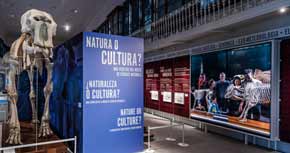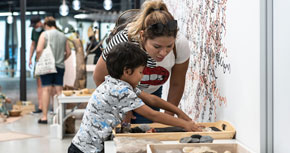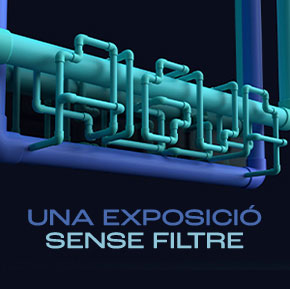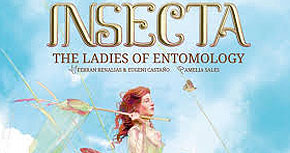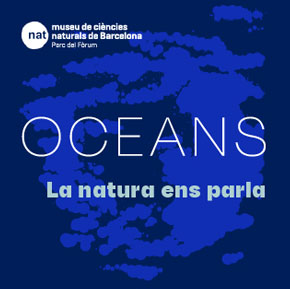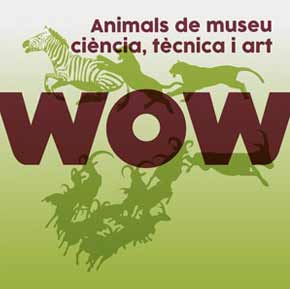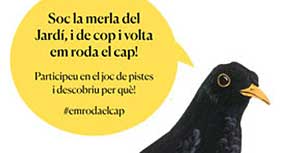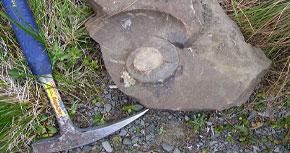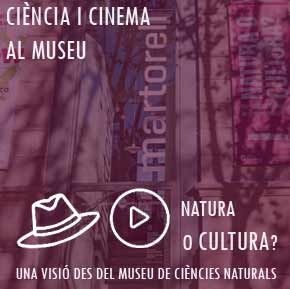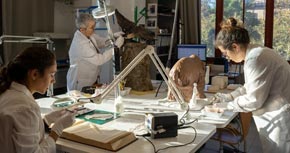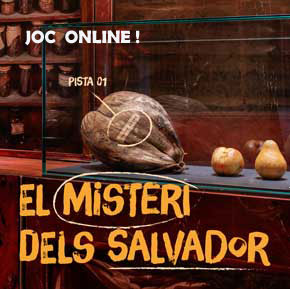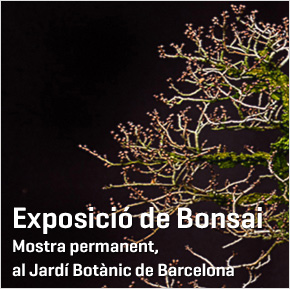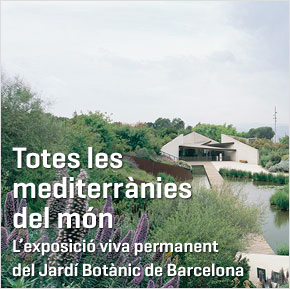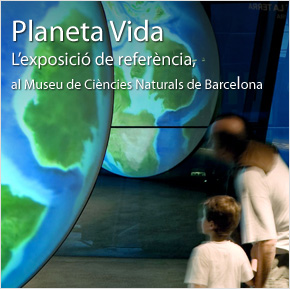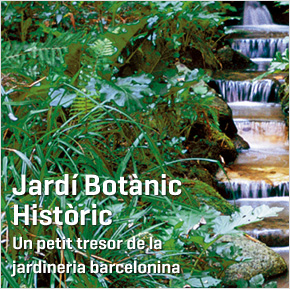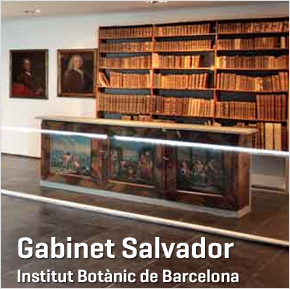- Lloc
- Laboratori de Natura
- Dates
- Dimecres 12 de juny de 2019
- Horari
- De 18 a 19 h
- Durada
- 1 hora
- Adreçat a
- Tècnics i experts en biologia i públic interessat
- Tipus
- Seminari
- Preu
- Activitat gratuïta
Evolució del grup Spiralia
Nous estudis sobre l’evolució del grup Spiralia, a partir de fòssils excepcionalment conservats.
Idioma vehicular: anglès.
Laboratori de Natura Activitats Evolució del grup Spiralia
Títol: Insights into spiralian evolution from exceptionally preserved fossils
Spiralia is a megadiverse and disparate group of invertebrates, encompassing animals as different as simple flatworms and intelligent, tool using cephalopods. The lifestyles and ecologies of these animals are similarly disparate, ranging from life in terrestrial soils (e.g. earthworms), microscopic animals that live in the interstices between sediments grains (e.g. gastrotrichs and gnathiferans), to active predators (e.g. cephalopods). The early evolutionary history of this group has been obscured by difficulties in resolving their phylogenetic relationships, which is further confounded by a sparse fossil record, as the majority of these animals are soft bodied. The majority of the animal phyla appear in the fossil record in a geologically brief interval, known as the ‘Cambrian Explosion’, approximately 550 million years ago, including many spiralian phyla. The early to middle Cambrian (538-509 million years ago) contains a uniquely large number of sites in which the soft parts of organisms are preserved in astonishing details, including guts, musculature, appendages and even nervous systems. I will talk about two case studies where the insights provided by these exceptional fossils tell us about aspects of spiralian evolutionary history that would be inaccessible from studying only extant organisms. The first focuses on the origin and early evolution of the annelid nervous system based on fossil material from the Burgess Shale of British Columbia. The second concerns the only known fossil gastrotrichs, which are microscopic aquatic animals. These new fossils have been discovered from early Cambrian rocks in China and are two orders of magnitude larger than their extant relatives. This discovery reveals that this phylum of micro-animals evolved from large, macroscopic ancestors, raising doubts about recent proposals that the spiralian ancestor was microscopic.
Ponent: Luke Parry, investigador postdoctoral de la Universitat de Yale (Estats Units d’Amèrica).
Idioma vehicular: anglès.
Lloc: sala d’actes del Castell dels Tres Dragons (Laboratori de Natura, pg. Picasso, s/n)
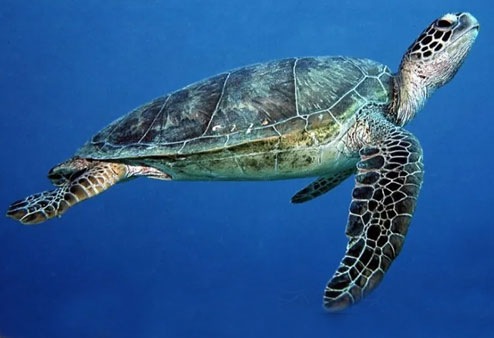
Imatge d’una Chelonia mydas, de NatureFiji-MareqetiViti.
Dins el programa de Seminaris de Biodiversitat, SEMBIO. Debat i intercanvi d’experiències essencialment sobre sistemàtica, zoologia, evolució animal i filogènia molecular. Aquestes xerrades estan organitzades pel Grup de Recerca Consolidat ZooSysEvo format per científics de la Facultat de Biologia (UB) i del Museu de Ciències Naturals de Barcelona. L’objectiu és difondre els continguts de la recerca d’investigadors del grup o d’algun investigador convidat.
Altres activitats
- Des de 12-12-2024
- Fins a 12-12-2024


